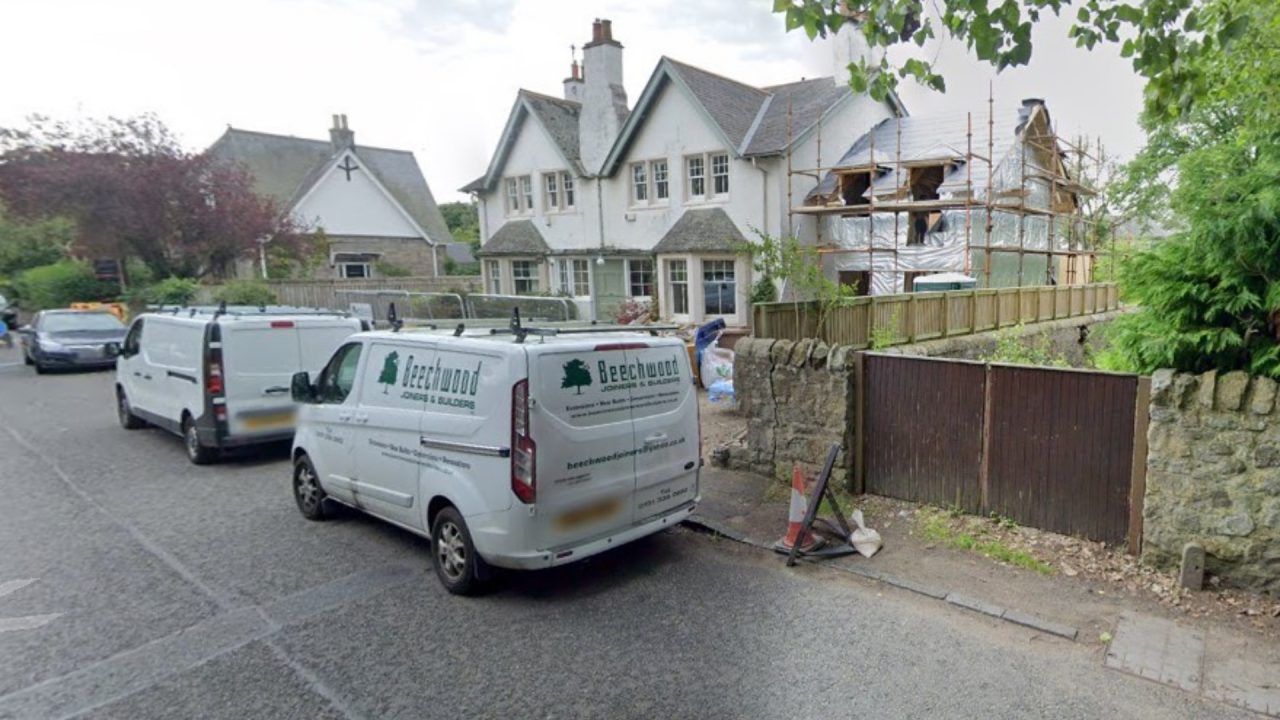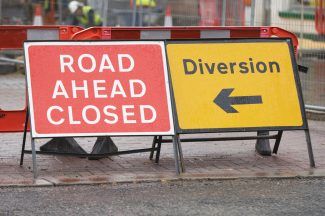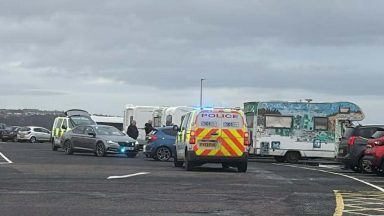Edinburgh residents fighting to have double yellow lines removed from a village road say they have resulted in motorists driving faster.
Locals in Cramond also accused the council of using the parking restrictions as a “smokescreen” to facilitate the construction of a new care home and said an exit on to the road from the development would not allow drivers sufficient visibility.
The lines were first painted after the care home was granted permission back in 2016, with planners telling developers residents couldn’t move in until parking and loading restrictions were fully implemented by the entrance at the junction of Whitehouse Road and School Brae, and at the proposed exit on to Cramond Glebe Road.
The council said the changes are needed “to ensure adequate visibility is afforded to drivers exiting,” adding without them the junction would be “unsafe”.
However, angry villagers have argued the double yellow lines do not have the desired effect and said drivers now go faster along Cramond Glebe Road as there are no cars in the way.
Residents also highlighted loss of parking as an issue and called for the restrictions to be removed at the care home exit as they made the case against the council’s Traffic Regulation Order (TRO) being made permanent at a hearing chaired by a Scottish Government planning reporter on Wednesday.
The hearing, which was initially due to be held in 2020 but was postponed following the Coronavirus outbreak, was triggered after the council received over 150 objections to the TRO.
Madeleine Graham from Cramond Action Group (CAG), which also opposed the care home plans, said cars have gone “at much greater speeds up and down the road” since the lines were painted.
“Before you couldn’t see where you were going, now you can because you’ve got from the entrance to Cramond Glebe Road right down to the bit going off to Cramond Terrace to speed down. The traffic is now much faster,” she said.
Ms Graham said motorists now travel at “nearer 40 miles an hour than 20,” adding there is next to no enforcement of the new parking restrictions by the council.
Fellow CAG member Sally Watt echoed her remarks, saying: “Speeding has definitely increased since the double yellow lines were put there.
“There’s a lot of visitors to the car park at the esplanade who are not familiar with the road.”
Whilst acknowledging drivers “tend to drive faster” in the absence of parked cars, Edinburgh Council transport manager Dave Sinclair said the conditions still make for a “safer environment” as visibility is improved.
But the group’s main concern was with the proposed care home exit, which it emerged would not meet the council’s own design guidance for junctions.
Ms Watt added: “I’ve been taking my car out of our drive [on Cramond Glebe Road] for over 20 years – you cannot see what is on the road until you are on the road so I can’t see how the council can say the visibility is adequate, it just isn’t.”
A statement released by CAG ahead of the hearing argued the “true end” of the TRO is “the facilitation of the construction of the care home” which the council denied.
“The supposed traffic improvements at Cramond Glebe Road are a smokescreen designed to obscure the Council’s true purpose,” it said.
“The council has painted itself into a corner. The council knows that the proposed exit is materially and inherently unsafe, that major work is required to make the exit safe.”
“The TRO in isolation will do nothing to bring the exit up to acceptable and contemporary standards of visibility.”
Follow STV News on WhatsApp
Scan the QR code on your mobile device for all the latest news from around the country


 LDRS
LDRS






















